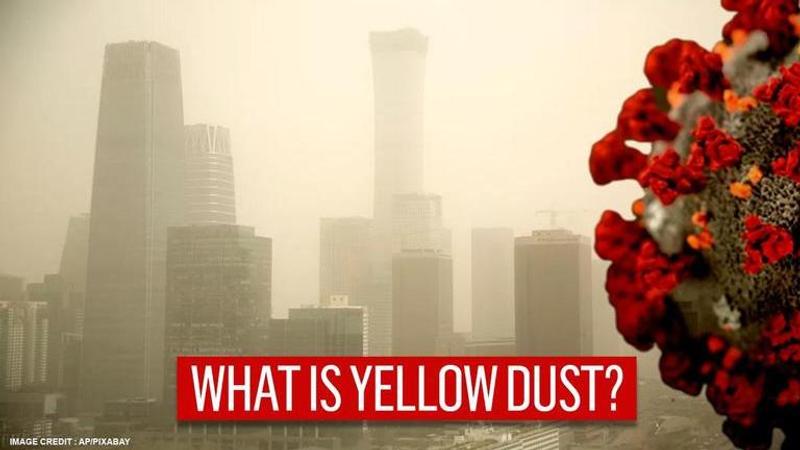Published 18:45 IST, October 24th 2020
North Korea warns citizens of yellow dust carrying COVID-19 from China; here's what it is
The North Korean authorities on October 21, warned its people about a "yellow dust" blowing in from China that they said could bring COVID-19 with it.

The North Korean authorities on Wednesday, October 21, warned its people about a "yellow dust" blowing in from China that they said could bring COVID-19 with it. According to BBC, the North Korean weather department on Wednesday urged people to remain indoors the next day and keep their windows and doors tightly closed as a cloud of yellow dust was expected to blow in from China. The authorities said that the dust could bring COVID-19 with it as experts from across the world have said that the virus is airborne.
According to the report, the North Korean authorities also warned embassies of other countries and urged them to keep their staff indoors. The Russian embassy in the country took to Facebook to warn about the "yellow dust" that could possibly be carrying COVID-19. The embassy said that the DPRK foreign ministry office has informed them to keep all doors and windows closed due to an expected dust storm on October 22, adding the precaution is due to the fact that the particles could be carrying a new type of COVID-19 with it.
What is Yellow dust?
Every year, a cloud of yellow dust blows in from Chinese and Mongolian deserts into North and South Korea, carrying industrial pollutants and other toxic materials along with it. This year too, the unhealthy sand particles were expected to reach these countries through the atmosphere. Every year, people are warned by authorities to remain indoors and avoid physical activities to keep safe, however, this time the North Korean authorities added that it would carry COVID-19 pathogen with it.
Can COVID-19 be transmitted over long distances?
According to the United States Centre for Disease Control and Prevention (CDC), the COVID-19 can be transmitted through exposure to those virus-containing respiratory droplets comprised of smaller droplets and particles that can remain suspended in the air over long distances (usually greater than 6 feet) and time (typically hours). However, there is no evidence of virus transmission through the air to people far away, such as in this case, from one country to another.
Updated 18:44 IST, October 24th 2020




